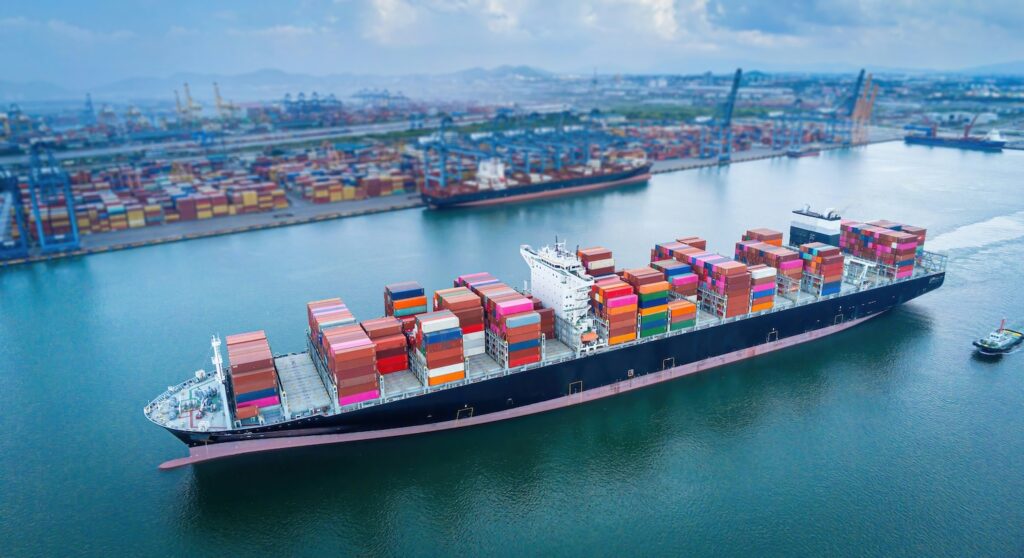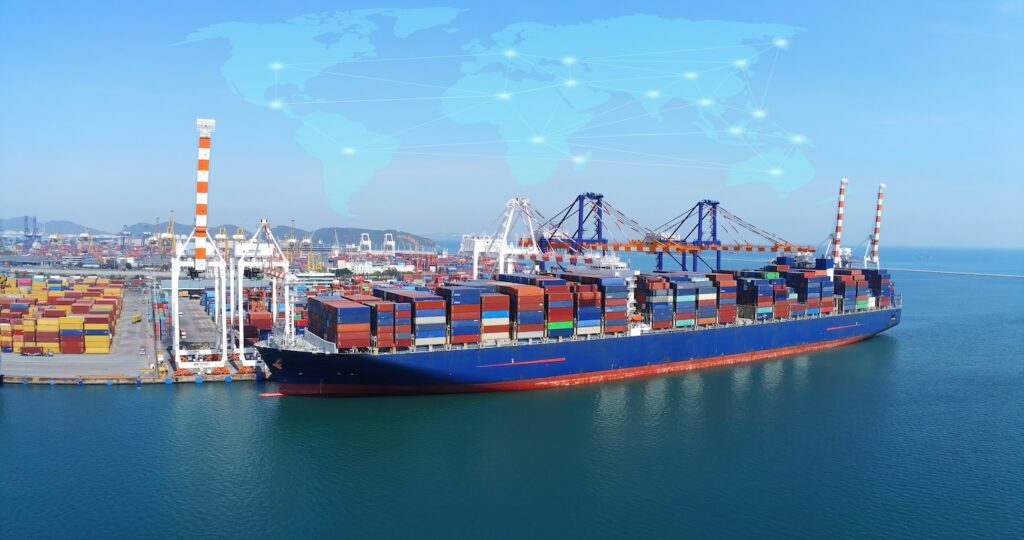AI can significantly enhance supply chain management for commodity traders by increasing efficiency, reducing risk, and improving decision-making. Which is why, as per our outlook on the upcoming parts of our AI series at the bottom of Part II (Better Price Forecasting), this third chapter will talk about the ways that AI can help in making supply chains work better and smarter.
The agribusiness supply chain is fraught with challenges, but with the right strategies, businesses can navigate these effectively. Fostering strong relationships, maintaining flexible operational strategies and – the subject here – leveraging technology are key to managing the complexities of your agribusiness.
As the global landscape continues to evolve, so too must the strategies employed by those within the agribusiness sector to ensure sustainability and profitability. Navigating the intricacies of the agribusiness supply chain includes everything from procurement and sourcing and logistics to contract- and risk management.
Supply chains
AI can help commodity traders to manage supply chains by improving forecasting, efficiency, and risk management. It can analyze historical and real-time data to predict demand more accurately, helping traders plan purchases and sales.
AI also optimizes inventory by recommending when to restock and how much to hold, reducing both shortages and excess. We’ll talk about it some more.

Logistics
The logistics of transporting agricultural commodities are vulnerable to disruptions from geopolitical events, climate anomalies and infrastructural deficits. Efficient management is therefore critical. In logistics, AI evaluates routes and conditions like weather or port congestion to suggest the fastest and most cost-effective shipping paths. It can also anticipate delays and propose alternatives. When it comes to pricing, AI analyzes market data, news, and economic indicators to forecast commodity prices and detect trends early – but you can read more about AI and pricing in our previous entry.
Implementing robust logistics planning and real-time tracking systems can help businesses monitor shipments and manage risks associated with transportation. Developing contingency plans and maintaining flexible storage solutions are also vital to adapt to unexpected changes and disruptions. AI plays a key role in managing risk by running simulations of supply disruptions or demand shocks and even flagging irregular transactions that might indicate fraud. For working with suppliers, AI tracks their past performance and scans public data to assess financial and operational reliability.
AI can also streamline administrative tasks by automatically generating or reviewing contracts and processing documents such as invoices or shipping records using text recognition and language processing. This reduces manual work and speeds up transactions.
Real world examples of artificial intelligence being put to practical use at some of the world’s largest commodity trading firms includes:
- AI and machine learning to optimize shipping routes and fuel efficiency;
- Analyzing data on weather, sea conditions, and port congestion to reduce costs and improve delivery times;
- Analyzing vast datasets including satellite imagery, weather forecasts, and crop reports to predict yields and market movements;
- Monitoring and optimizing the movement of raw materials to processing facilities and ports, reducing delays and ensuring smoother operations.
Supply and demand
Advancements in AI are transforming how supply chains are managed, improving everything from predicting demand to optimizing inventory and streamlining logistics.
In demand forecasting, predictive analytics leverage AI models that analyze a wide range of data, including historical sales figures, economic indicators, weather patterns, and market trends, to generate highly accurate predictions of future demand.
These forecasts are continuously refined with real-time updates that incorporate current market signals and geopolitical developments, allowing businesses to respond swiftly to changing conditions. When forecasting demand, AI-driven models draw on diverse data sources such as past sales records, economic trends, weather forecasts, and market movements to produce precise estimates of future needs.
These predictions are constantly updated in real time, factoring in the latest market shifts and geopolitical events, which helps companies quickly adapt to new circumstances.
Smart inventory
For inventory management, intelligent AI systems work to strike the right balance –reducing storage costs while making sure products remain available – by recommending when and how much to reorder. AI-powered systems intelligently balance stock levels to minimize holding costs while preventing stockouts, using dynamic replenishment strategies that recommend the optimal timing and quantities for restocking based on predictive trends and supplier lead times.
Additionally, in logistics and route optimization, AI tools analyze complex factors such as traffic congestion, fluctuating fuel prices, port delays, and adverse weather conditions to identify the most efficient transportation routes. By predicting potential disruptions like strikes or storms in advance, these systems proactively suggest alternative plans to avoid delays, ensuring smoother and more cost-effective supply chain operations overall.

Sustainability
Improving every aspect of your supply chain is not limited to paperwork, logistics or finances. Indeed, sustainability takes center stage in our approach as well. AI can play an essential role in helping companies calculate their product carbon footprint.
What’s compelling here is being able to monitor it. It’s nice to have goals, it’s better to have ways to actually monitor and – if necessary – adjust your progress along the way. Digitization of the supply chain is one way to reduce carbon emissions, while carbon traceability is the way forward to reach the net zero goals. | Find out more about AI and carbon traceability
The next step
In this series, we’ve been talking about the potential of AI. Let’s start looking at the practical part. Reach out to us if you are interested in finding out what AI can bring to the table when we align it with what has always been our goal at Agiboo: making the daily practices of commodity trading professionals more efficient – from drafting a contract, setting prices and handling logistics to evaluating risk and adjusting your current position.
We take pride in the fact that our software matches all the intricacies of the ag/soft commodity industries it intends to support. A true multi-commodity system right out of the box, not limited to a particular ag/soft commodity and built on modern technology. As trade margins decrease and oversight increases, keeping costs down and minimizing errors has naturally become the focus of many commodity-related firms. There arenumerous aspects to deal with all at once – ranging from physical commodities, commodity trading and speculative trading to commodity logistics and finance and risk management. We’ve got you covered with Agiblocks, our flagship CTRM solution. | Learn more HERE or Request a free demo here.

